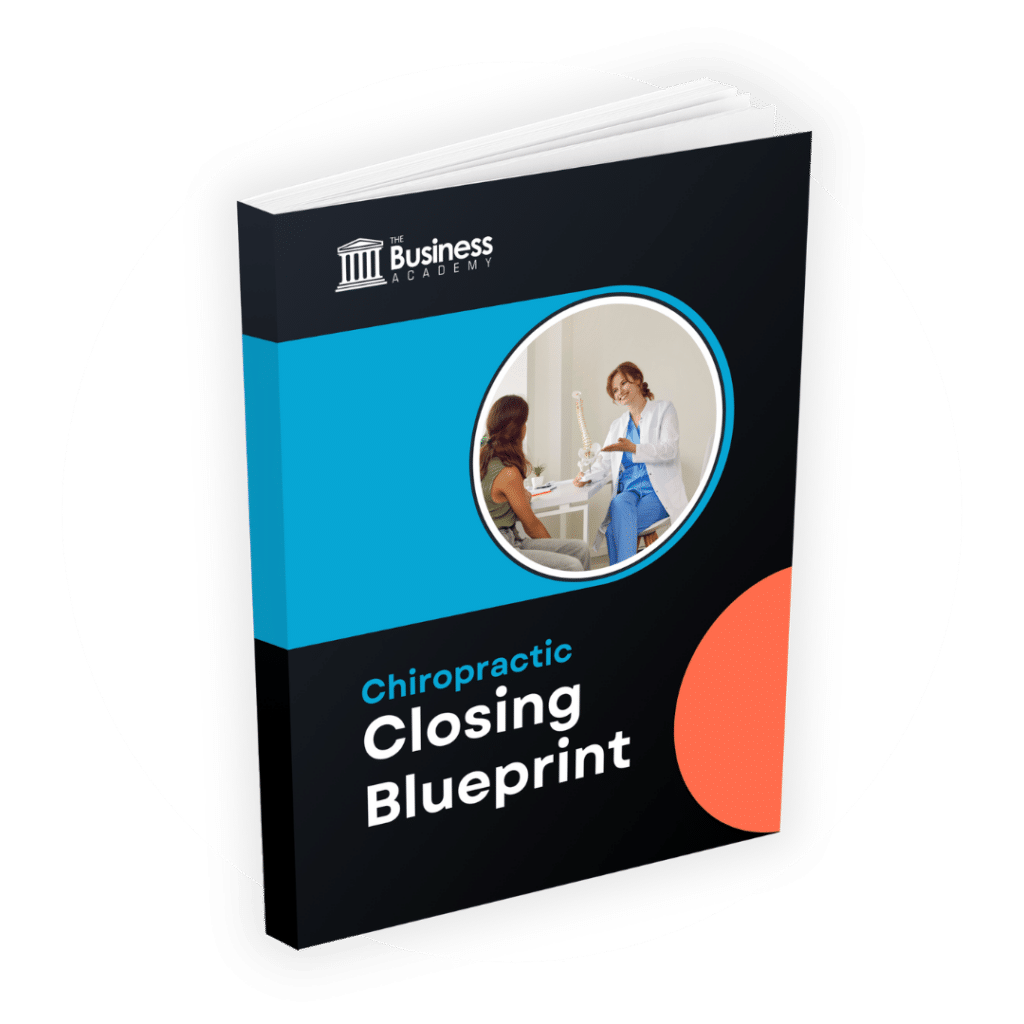
It’s a practice in which the staff members take an active and more responsible role in creating the practice’s success.
Staff members do this by working more efficiently and productively and without much supervision. Instead, they are guided by the owner through training and company policy. They don’t need to be told constantly what to do. Orders are issued to staff members but only as a method of coordination, not as a way of getting them into action. In other words, they don’t just do their job. The employees of a staff-driven office create more on their posts. They don’t just do the work created by the blood, sweat, and tears of the owner. They figure out how to create more opportunity for the organization through their own efforts.
In a staff-driven office, the work, responsibility, and energy needed to maintain and grow the practice are shared between all of the staff members.
Why Create A Staff Driven Office?
First, a staff-driven office has less stress and is more fun. I’m sure you can imagine how it would be more fun and less stressful to have the staff in your office sharing in the responsibility, production, and rewards of practice.
Secondly, you’ll get more production from a responsible team than you will from
yourself being the only person to bear all the responsibility. Each person has a limit to what they can accomplish alone.
What stalls the growth in most practices? The personal limitation of the owner-doctor. This limitation does not occur in our model of practice because it’s staff-driven. The only limitation is in your ability to hire, train, apprentice, and organize the staff. Therefore, the limitation in practice will no longer be your own energy or time. Lastly, a staff-driven office is an asset. It will continue to pay you money after you retire or move on to play another game; or it will be an office you can sell for a significant price. Even the largest of chiropractic offices can’t usually be sold for more than a few hundred thousand dollars because the owner selling the practice is the person who wears all the major hats within the practice—and he or she is leaving! That’s a personality-driven practice. What’s that worth without the personality?
How To Make It Happen
KEY #1: It starts with an owner who is trained to be an executive. He or she must know how to envision an ideal scene for an activity, organize it into parts, break down those parts into workable actions, and assign those actions to manageable posts that can be occupied by a staff member. The executive must also be trained on how to find staff members. It rarely happens that you will find a great staff member in an interview. It’s more likely that you will find a potentially great staff member in an interview. By and large, great staff members are created, not found. This is more a comment on our current educational system and the commonly excepted work ethic of this society than on any one individual staff member. Most people are willing but need a lot of help in the form of training. Some are capable and can be great with training and guidance. Few arrive ready to take on the world, because most in that condition either run their own organization or have found their way into higher-paying industries.
KEY #2: The executive must know how to assign proper statistics to each of the posts and set up a reporting system so that vital information is logged and routed to him on a regular basis. This allows him to monitor areas without micromanaging them or having to do them
himself. It also allows him to predict the future needs of the office and reverse a
downturn in statistics before that downturn crashes the income.
If that executive also logs significant changes in the organization against graphed stats, such as key hires or new marketing activities, he then has a tool on which he can look back to evaluate the effectiveness of those changes through looking at the stats.
KEY #3: The key staff members are trained in some or all of the executive skills—just like the owner. It is also critical that all staff are trained thoroughly on how to perform their job duties and know the general administrative workings of the office. If staff members can earn greater compensation, as the business provides greater benefit to the community in excess of its expenses, then the staff member will most likely work harder, smarter, and more efficiently, to continue expanding the company—just like an owner. Not all staff will respond this way, but the ones you want will.
KEY #4: Staff pay should somewhat mirror the incentives of the owner. A business operating in a capitalistic system promises certain rewards to an owner, in exchange for value provided by that business to society. If the owner of a company provides value to others, in excess of the resources he expends providing that value, he earns a profit. When paying staff, pay a low base and an incredible production bonus. In chiropractic practice, we have a worthy purpose and an effective method of achieving that purpose. Use the purpose to drive you staff’s production.
Key #5: Be the leader of your group. A staff-driven office has a leader who sets the direction of advance. It can be the owner or someone designated by that owner.
Everyone wants to go somewhere, and you either need to lead or get out of the way by assigning a leader and letting them lead.
This is by no means a complete list of everything you need to build a staff-driven office—but if you get these points in, you’ll be well on your way. And if you need some help call The Business Academy at 888-989-0855. We would be happy to train you.
Good training, creates good luck!









